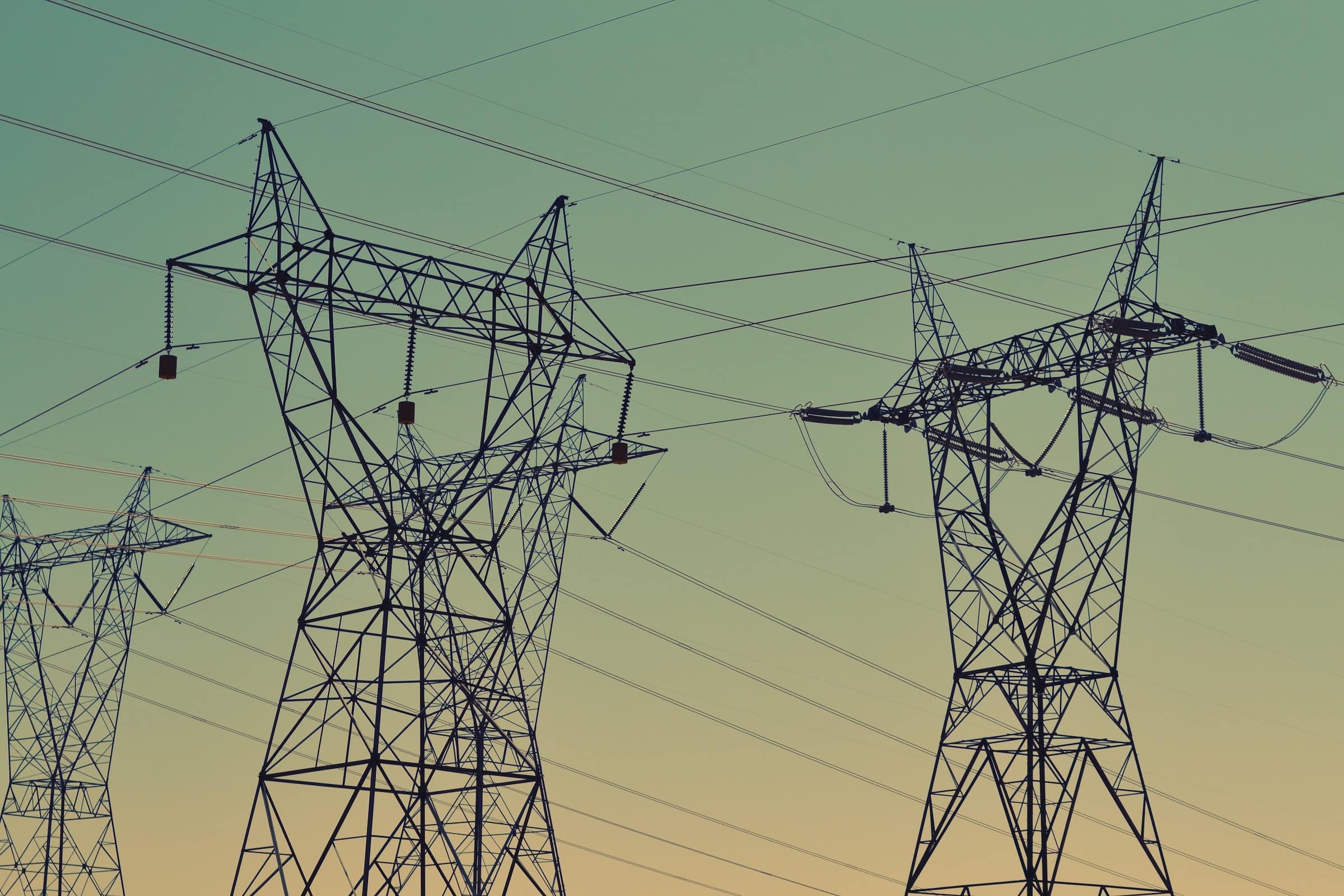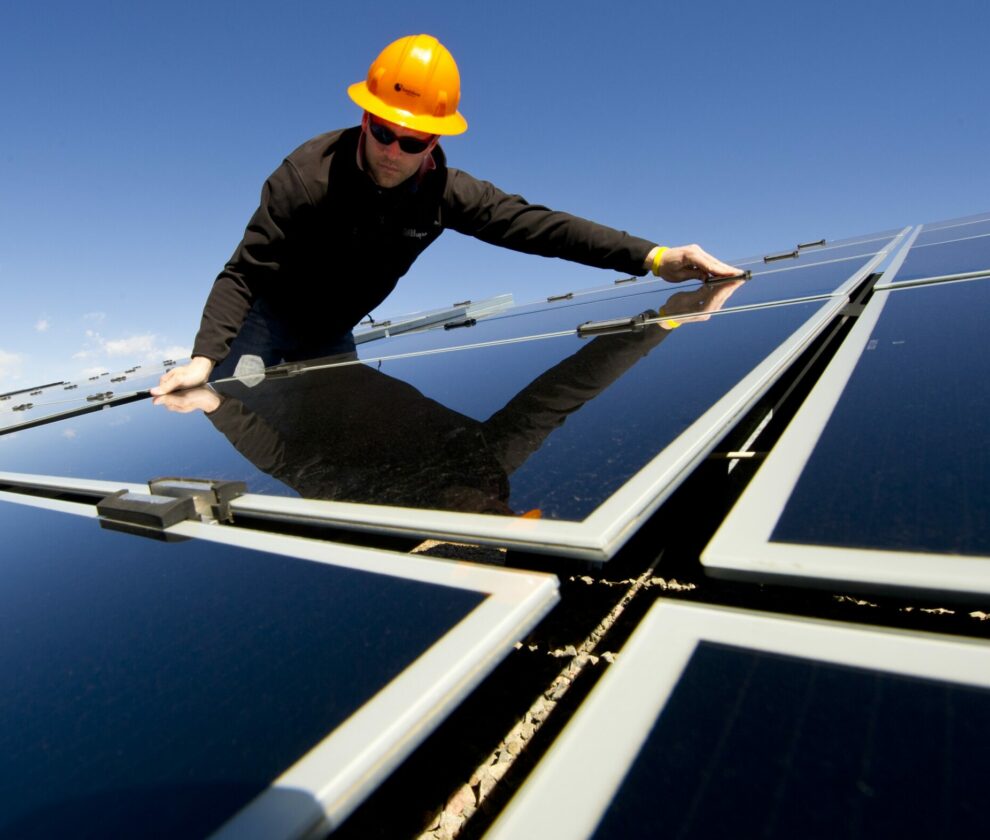If you had to choose one word to sum up EPA’s 1570-page Clean Power Plan (CPP) Final Rule, released on August 3rd, “interconnected” would be it. According to EPA, the key to cutting the carbon footprint of America’s electric system by almost one third over the next 15 years is the nation’s interconnected high voltage transmission system. The final rule uses some form of the word “interconnected” more than 80 times – mostly in the first few hundred pages that explain the rationale for the overall approach of the regulation. EPA seems determined to remind us that despite recent growth in distributed generation and lots of talk about “going off the grid”, the “interconnectedness” of our grid is, in fact, indispensable to cutting carbon emissions in the fastest, most economical, and least disruptive possible manner. Why?
- Transmission networks allow vast, but remote, wind and solar resources to be developed and delivered to customers reliably and at large scale and low cost.
- The interconnected grid is infrastructure for markets that fosters competition and resource diversity over large regions – cutting prices and improving reliability.
- States connected by transmission lines can work together to achieve their emissions targets much faster and at lower cost than they could by working alone.
To reap the full benefits of the interconnected grid, EPA strongly encourages states to cooperate on multi-state compliance strategies. Those benefits are very large, according to recent studies by three of the nation’s largest regional transmission organizations (RTOs) – which together provide electricity to 124 million people in 28 states. “For a state-by-state compliance approach, the capital investment cost and energy production cost totaled about $3.3 billion per year. The total capital investment cost and energy production cost for a regional approach is about $2.4 billion,” said Lanny Nickell, Engineering Vice President for the Southwest Power Pool (SPP), “It is almost a 40% savings associated with complying on a regional basis.”[1] SPP’s July 27 State-by-State Compliance Assessment Report concludes that “state-by state compliance plans will be more costly and will present more uncertainty and complexities for SPP stakeholders,” and further that “a regional approach to compliance would be more cost effective and less disruptive than a state by-state approach and may provide mutually beneficial opportunities that are not available within state boundaries.”
Previous studies by the Midcontinent Independent System Operator (MISO) and PJM Interconnection reached remarkably similar conclusions. MISO’s November, 2014 Analysis of EPA’s Proposal to Reduce CO2 Emissions from Existing Units found that “regional compliance is approximately 40% less expensive: $55 billion (regional) vs $83 billion (sub-regional),” equivalent to savings of $3 billion per year during the compliance period. The PJM Interconnection’s March, 2015 Economic Analysis of the EPA Clean Power Plan Proposal concluded that “state-by-state compliance options, compared to regional compliance options, likely would result in higher compliance costs for most PJM states. This is because there are fewer low-cost options available within state boundaries than across the entire region.”
EPA’s CPP Final Rule embraces precisely the same reasoning as the RTO studies: “The final rule more realistically recognizes that emission reduction opportunities, like other aspects of the interconnected electricity system, are regional and are not constrained by state borders.” In other words, regional compliance is cheaper and faster for the simple reason that working together gives states access to more inexpensive compliance options. Regional transmission makes this type of cooperation possible; regional markets enhance it further.
Interstate transmission networks are critical infrastructure for complying with the CPP’s 2022 and 2030 targets, but even more important for achieving the long term emissions cuts – 80 percent or more by 2050 – needed to avert catastrophic climate change impacts. Numerous recent studies show that it’s economically and technically feasible to power the U.S. electric system with 80 to 100 percent renewable resources, but only if transmission networks are expanded and upgraded to accommodate new resources. The mismatch between the timelines for building new and upgraded high voltage lines – 8 to 10 years or more – and the timelines for building utility scale renewable energy facilities – 1 to 2 years – has been well documented by ACEG and many others over the past several years. Building this infrastructure will take time, unprecedented cooperation among states and federal agencies, and perhaps even additional policy reforms. The CPP provides states with a framework and new incentives to start planning and building the interconnected clean energy grid we need sooner rather than later; policy makers, regulators, utilities, clean energy developers, ratepayers, and environmental advocates all have an interest in making sure that they use them.
[1] Trabish, Herman K. “How regional compliance can help states meet EPA emissions targets faster and cheaper.” Utility Dive. Industry Dive. August 19, 2015. Web. August 2015.


